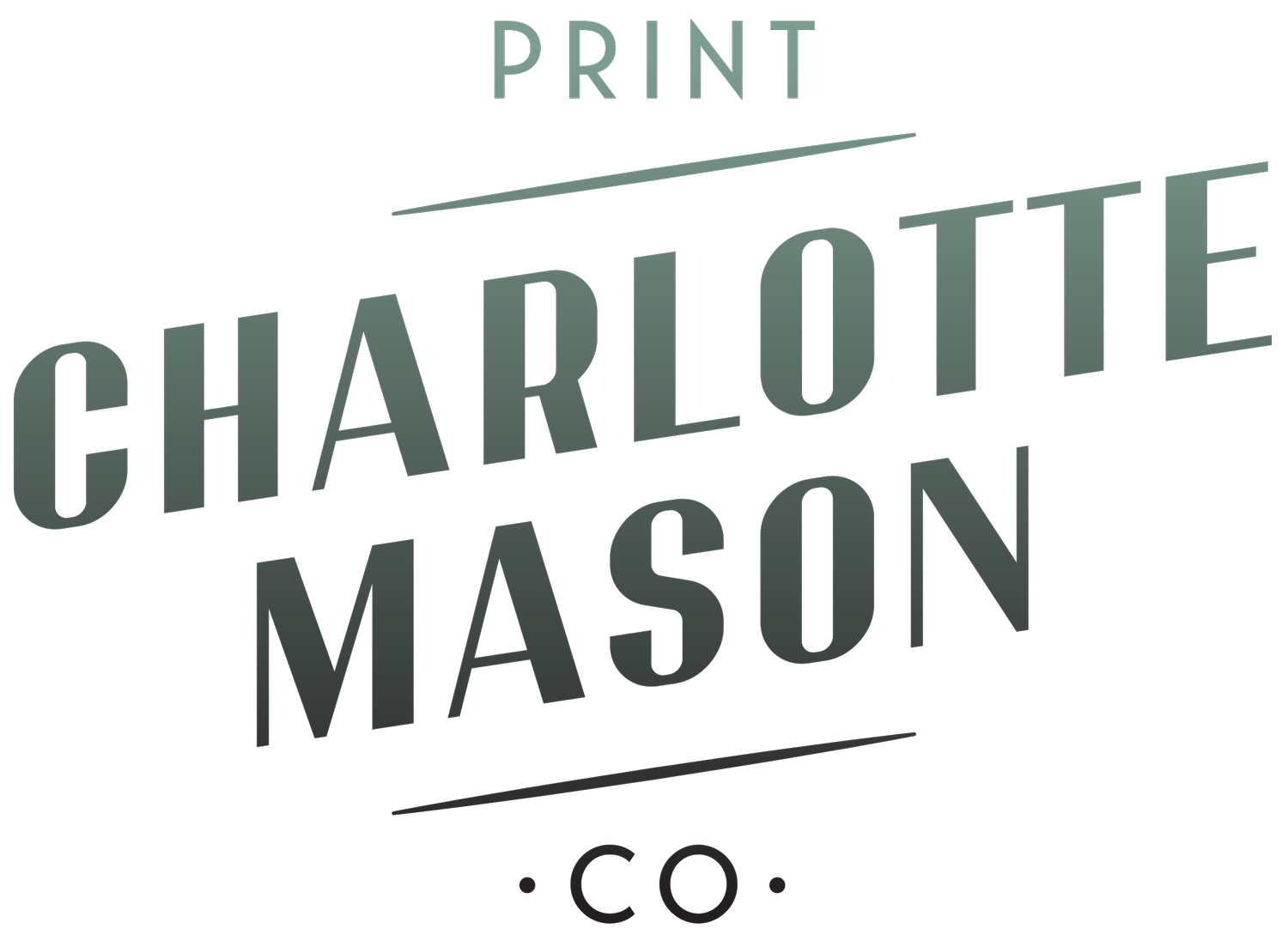A Guide to Wedding Invitations
-

Save the Date
The first piece of your wedding sent to your future guests. These are sent separately from the rest of the pieces, usually significantly before the ceremony date.
A Save The Date is simply an announcement that a date has been set, to get everyone excited with you. You do not have to have details of the ceremony included, as you’re possibly still planning when sending these out.
Your Save the Date can be used to hint at the theme and colors of the ceremony.
-

Wedding Invitation
This is the official invitation to your ceremony. The look and feel of the invitation can be as traditional or as unique as you like. They are most often used to represent the theme and colors of the ceremony.
Along with your names, invitations usually include the date and time of the ceremony, and the venue name and address. It can also include other details such as when to RSVP by, and more.
Invitations are sent in a parent envelope with the rest of your suite. Invitations are traditionally sent out six to eight weeks before the wedding. For desination weddings, consider any needed travel prep time for your guests.
-

Parent Envelope
This is the main envelope that carries your invitation and all additional pieces. Collectively, this is your invitation ‘suite.’
The envelope will be the first thing your guest sees, and can be customized to match or compliment the pieces inside. Traditional finishes can include handwritten addressing, your return address printed on the flap, and a wax seal.
-

RSVP
Included with your invitation, this is an ‘I will/will not be there’ response card that guests will send back to you. A small, matching return envelope is included.
This is a helpful and meaningful way to let you know how many guests will be at your ceremony, so you can plan accordingly. RSVPs can ask guests for other info too, like selecting their meal option prior to the reception dinner.
RSVP is an abbreviation of the French phrase ‘Repondez, s'il vous plaît,’ which translates to ‘Please reply.’
-

Details Card
This is a versatile card (or cards) that list any other information you would like to give your guests. These cards can have one or more of the following:
More detailed venue or travel information, reception details, an event map, dress code, menu details, personal messages, or anything else unique to your wedding.
If you have a lot of info to share with your guests, it’s recommended to use a details card instead of fitting everything on your official invitation.
-

Website Card
A modern addition, if you want to combine physical invitations with a wedding website or gift registry.
This can be as minimal as a business card-sized piece with your names and a website address or QR code.
-

Day-of Event pieces
These are not included in your mailed invitation, and are instead used during the wedding. Having these items printed with your invitations ensures every printed piece of the wedding has the same look and feel.
Event pieces can include:
• Program: Ceremony details, important persons, honoring deceased loved ones, and unique rites during the ceremony.
• Menu: Food selection for guests to order from during the reception dinner.
• Place Cards: Printed guest names, for guests to find their assigned seat.
• Any printed piece unique to your wedding. -

Thank you card
This is the final piece of your invitation suite, sent separately to your guests after the wedding.
This can be printed as a folded card, allowing you to write a personalized thank you message to each guest for being part of your wedding.

